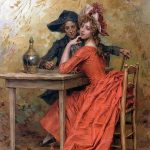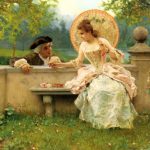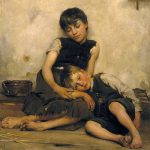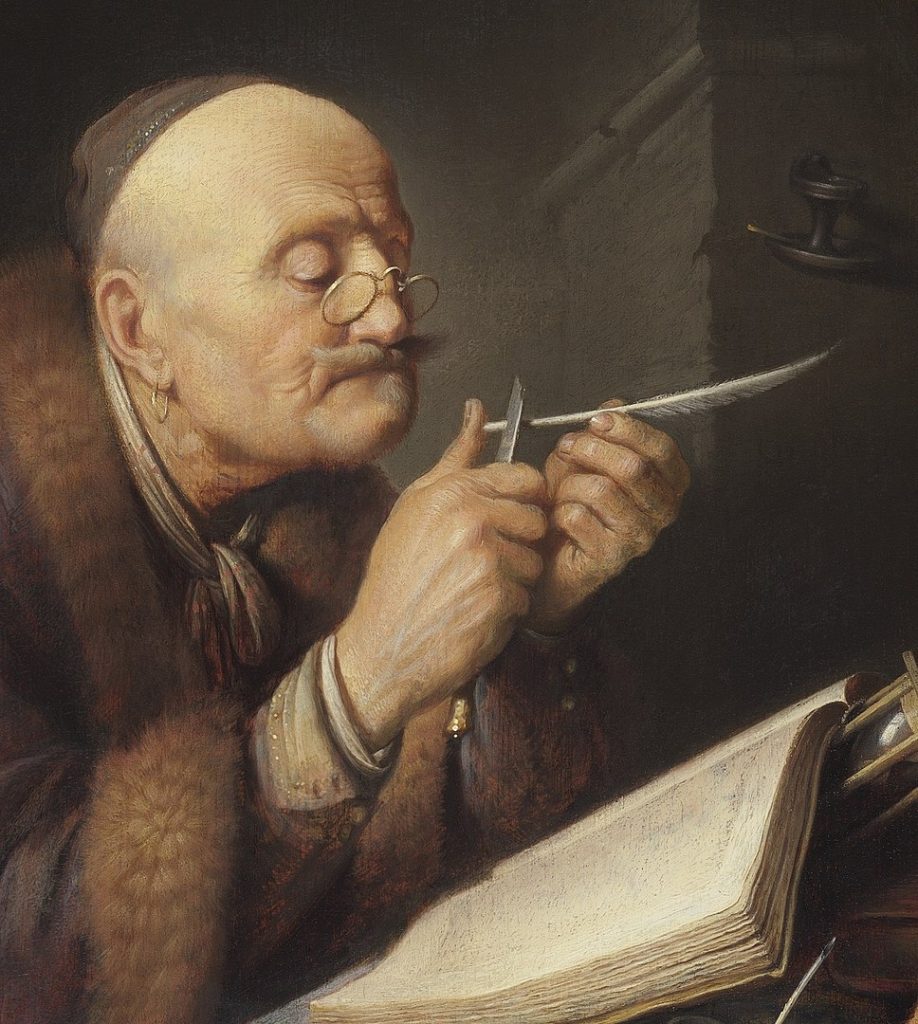
Gerrit Dou, a Dutch Golden Age painter, was born on April 7, 1613, in Leiden, Netherlands. Renowned for his meticulously detailed and small-scale genre paintings, Dou played a significant role in the development of the Leiden School of fijnschilders (fine painters). His contributions to the art world during the 17th century earned him a reputation as one of the foremost genre painters of his time.
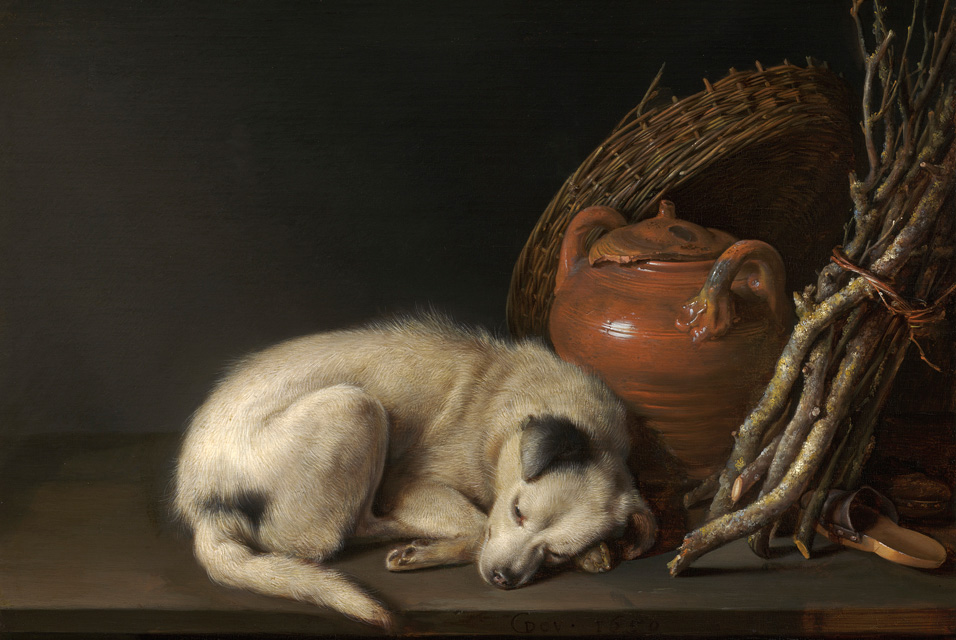
Dou’s artistic talent became evident at an early age, leading him to become a pupil of Rembrandt van Rijn in the late 1620s. Under Rembrandt’s tutelage, Dou learned the techniques of chiaroscuro and developed a penchant for intricate details. The influence of Rembrandt’s early style is visible in Dou’s early works, such as “The Young Mother” and “The Dropsical Woman.”
Over to Leiden
In 1631, Dou established his own studio in Leiden, quickly gaining recognition for his finely executed paintings. His decision to specialize in small-scale genre scenes, often depicting domestic life, scholars, and everyday objects, set him apart from his contemporaries. Dou’s mastery in capturing the play of light on various surfaces and his meticulous brushwork became distinguishing features of his art.
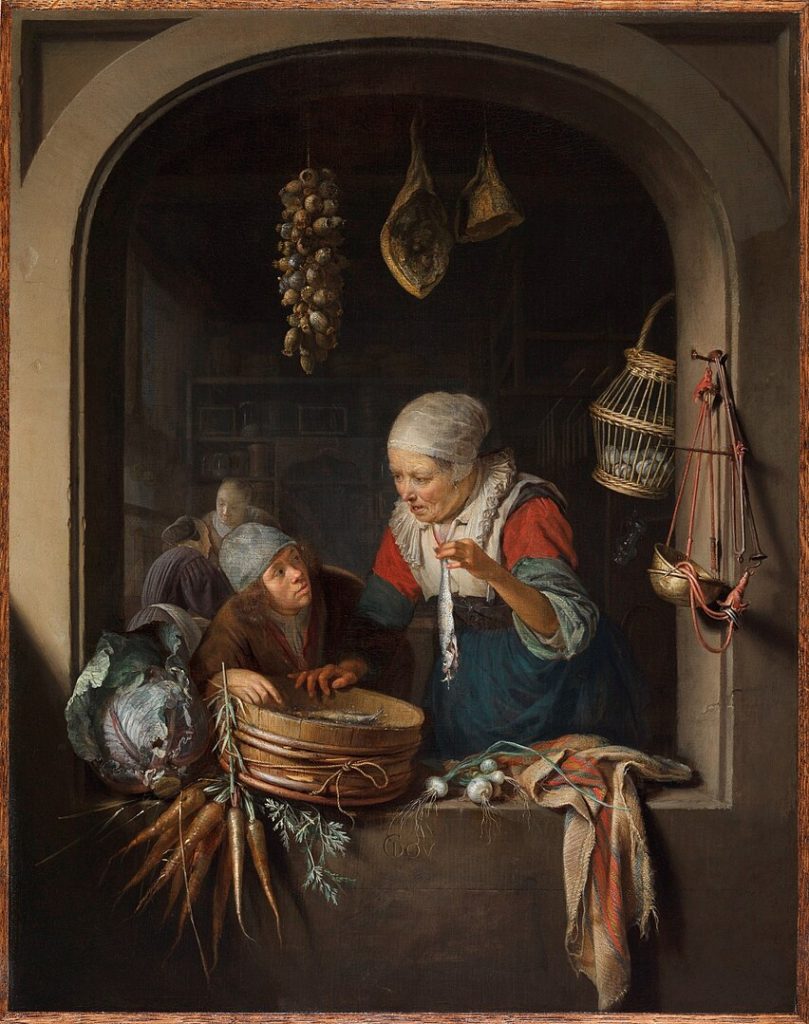
The artist’s popularity soared, attracting patrons from across Europe. His paintings, characterized by a refined technique and attention to detail, were highly sought after. Dou’s ability to create illusionistic effects, as seen in works like “The Dentist” and “The Quack,” further contributed to his acclaim.
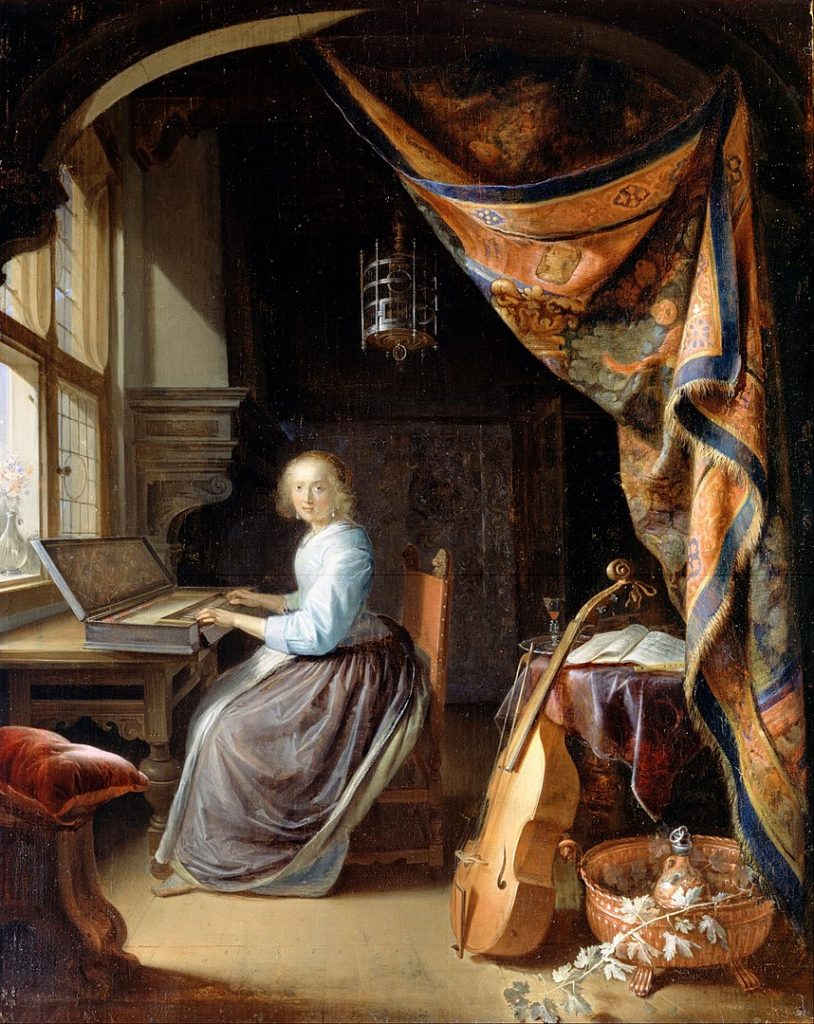
Dou’s success extended beyond his paintings. He trained a generation of artists who became known as the “Dutch fijnschilders,” continuing the tradition of fine painting in Leiden. His impact on the art world was not only as a painter but also as a teacher and influencer of artistic trends.
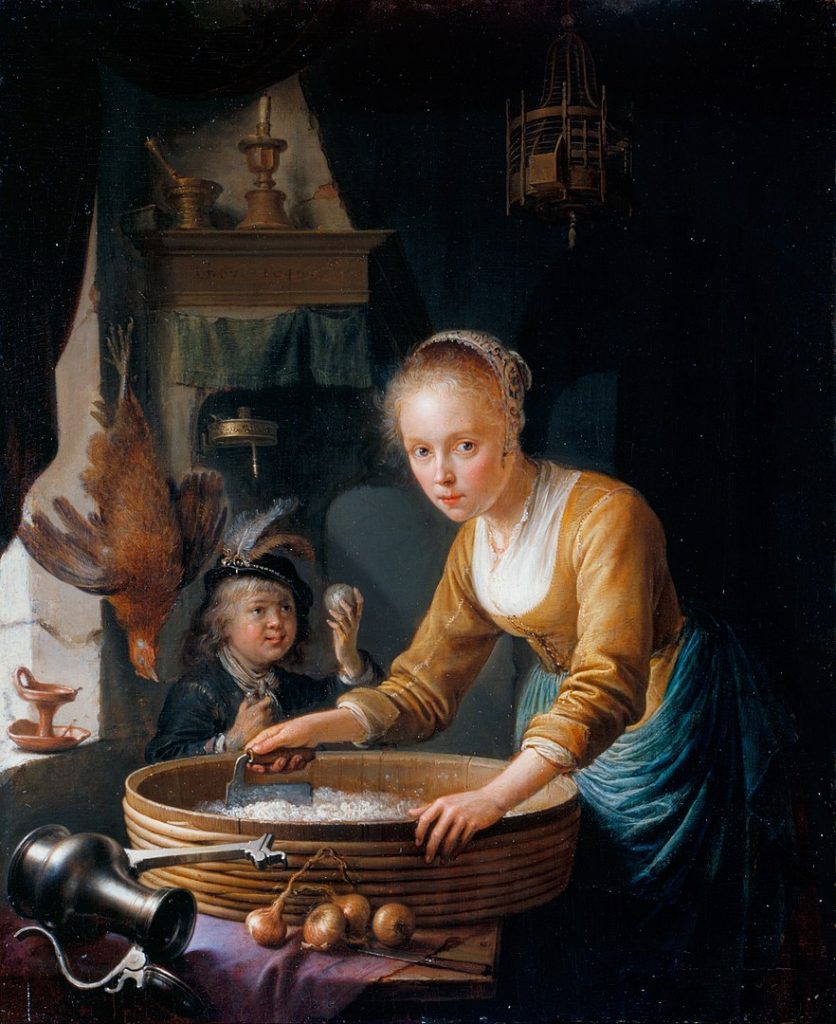
Despite the prevailing tastes of the time favoring large-scale historical and mythological paintings, Dou adhered to his chosen genre, finding success and admiration in his detailed portrayals of everyday life. His ability to imbue commonplace scenes with a sense of refinement and elegance distinguished him as a master of the genre.
Prolific Days
The artist’s later years were marked by continued success and a rise in social status. Dou’s works found homes in the collections of European royalty and aristocracy. He remained prolific, producing paintings characterized by his signature attention to detail and intricate compositions.
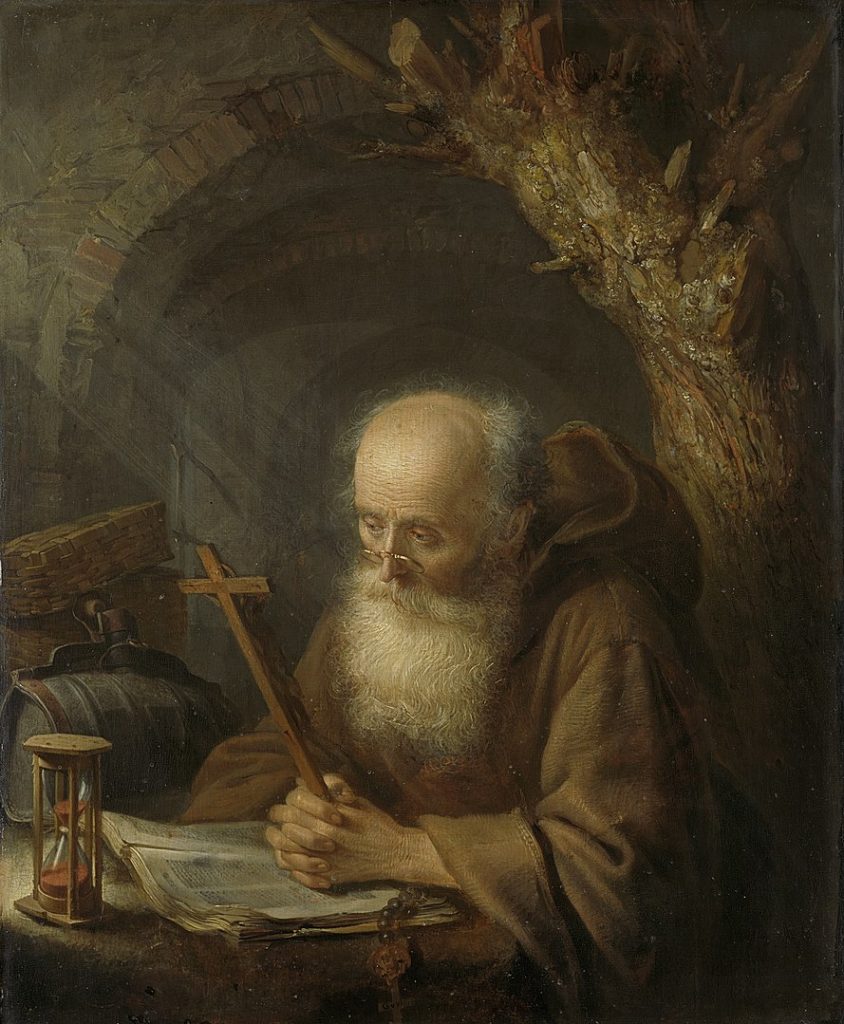
Gerrit Dou passed away on February 9, 1675, in Leiden. His legacy endures through the lasting influence he had on the Dutch fine painting tradition. Dou’s meticulous technique, coupled with his dedication to the genre of small-scale scenes, left an indelible mark on the art of the Dutch Golden Age. Today, his works are cherished for their exquisite craftsmanship, offering a glimpse into the refined and intimate aspects of 17th-century Dutch life.

